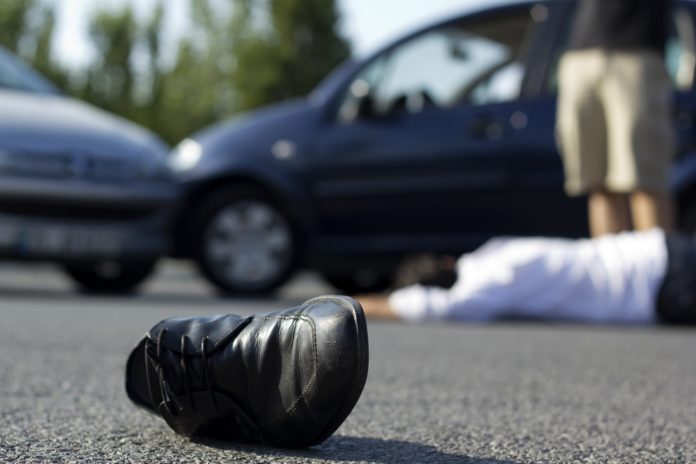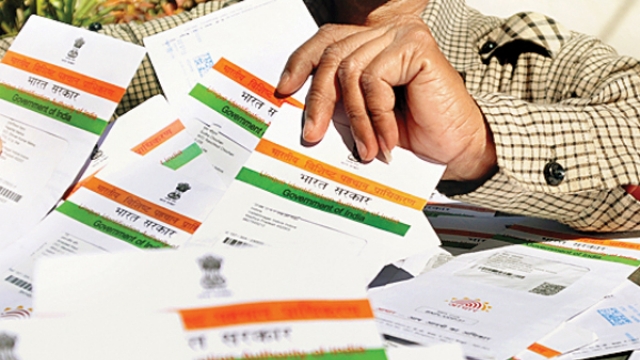More than 20,000 people lost their lives in hit-and-run cases nationwide in 2015, according to government data, and the reluctance of witnesses to be involved because of legal entanglements illustrates the need for clear laws to support “good samaritans”, as the State describes them.
Hit-and-run cases accounted for 11.4% of total accidents in 2015, an increase from 10.9% in 2014, according to road transport ministry data collated by IndiaSpend.
While 57 accidents were reported and 17 lives lost per hour in 2015, more than 54% killed were between 15 and 35 years old, in the prime of youth.
On January 21, 2016, the government issued standard operating procedures to prevent unjust examination of eyewitnesses to road accidents, India’s transport minister said, replying to a question by G. Hari, a member of parliament from Tamil Nadu, in the Lok Sabha (lower house of Parliament) on February 25, 2016 says Rahul Mohan Sharma in his article for IndiaSpend.
The standard procedures call for non-coercive, non-discriminatory, and time-bound inquiry into an accident, and the examinee cannot be compelled to disclose personal information.
The guidelines also state that the samaritan does not have to pay for treatment unless she is related to the injured person.
On January 21, 2016, the government issued standard operating procedures to prevent unjust examination of eyewitnesses to road accidents, India’s transport minister said, replying to a question by G. Hari, a member of parliament from Tamil Nadu, in the Lok Sabha (lower house of Parliament) on February 25, 2016.
The standard procedures call for non-coercive, non-discriminatory, and time-bound inquiry into an accident, and the examinee cannot be compelled to disclose personal information.
The guidelines also state that the samaritan does not have to pay for treatment unless she is related to the injured person.
Read it here
Feature image courtesy mattsharplaw.com



























